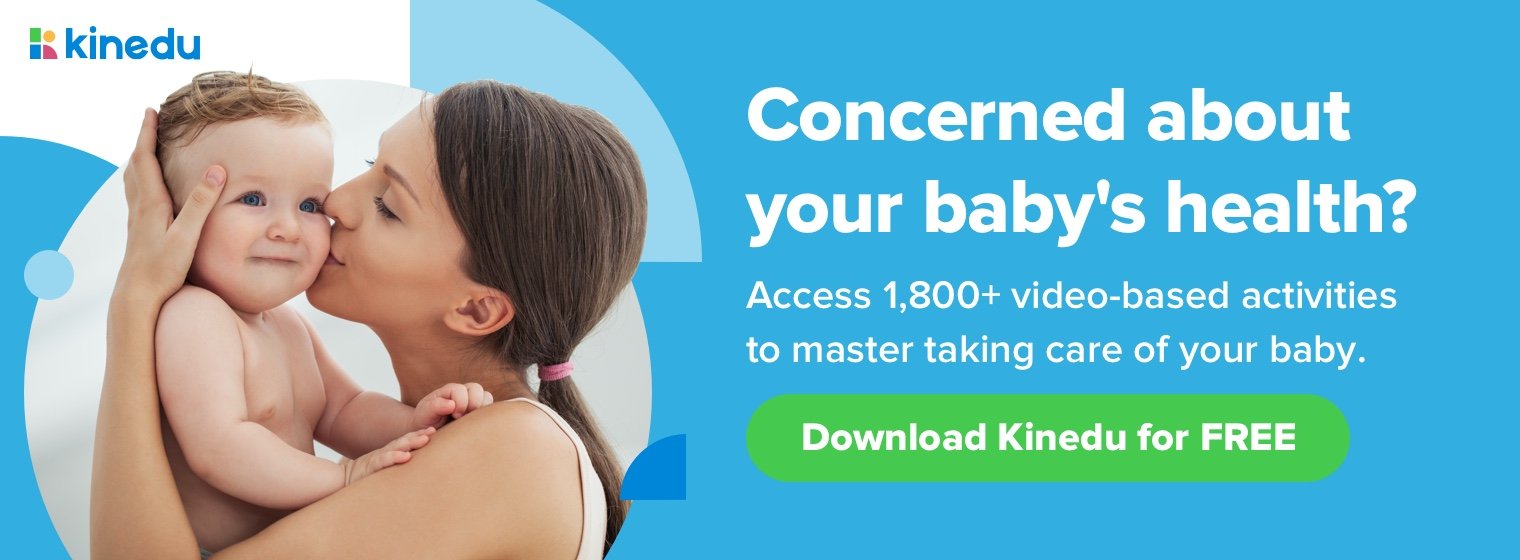Key points:
- Prioritize Parental Well-being: parental mental health impacts baby’s wellbeing and the cyclical relationship between parent and baby emotions.
- Newborn Care Tips: soothing techniques, swaddling guidelines, sleep recommendations, nail trimming advice, importance of skin-to-skin care and feeding routines.
What’s the correct way to swaddle? Why do babies cry so much? Should babies sleep on their stomachs or backs? Decoding a newborn baby’s behavior and determining appropriate care can be overwhelming, especially for new parents. So we’ll break down expert advice on what to do during your first days home.
What you need to know
The birth of a child inevitably changes parents’ routines and priorities. And adjusting to this new lifestyle can bring about depression and anxiety for some. Recognizing and addressing these challenges is important for you and your baby’s health. Research suggests that infants can pick up on how we’re feeling and that a cyclical relationship exists between parents, newborns, and emotions: the more we stress, the more they stress. And the more they stress, the more we stress. So rule number one? Take care of yourself so that you can take care of your newborn baby. If you are feeling depressed or anxious, talk to your doctor.
For everything else, we’ve compiled a list of answers to commonly asked questions based on leading research from organizations like the American Academy of Pediatrics (AAP) and the Center for Disease Control and Prevention (CDC).
Newborn baby care tips:
● Soothing your baby
Babies cry –it’s unavoidable. And it’s our job as parents to soothe them. Don’t be discouraged if it takes some time! We’ve all been in the dark, trying to get our babies to calm down. During times of tears, consider swaddling (more info below), singing, rocking, breastfeeding, or encouraging your newborn to touch your hair, face, and fingers. Your baby is calmed by your smell and feel.
● How to swaddle
Wrapping your baby in a blanket can help them fall asleep, but it’s important to take the appropriate precautions. The American Academy of Pediatrics (AAP) outlines how to swaddle correctly here. For safety: make sure the blanket isn’t too tight around your baby’s hips to avoid dysplasia and try to stop swaddling after your baby is two months old.
● Sleep tips
Newborn babies should sleep on their backs, at least for the first year, because it reduces the likelihood of suffocation and rolling. The AAP also recommends having your newborn baby sleep in a crib or bassinet near your bed versus in your bed because soft mattresses, blankets, and pillows can make it harder for a baby to breathe.
● Cutting your newborn baby’s nails
Because babies don’t develop intentional movement until about four to six months of age, flailing around with sharp nails can result in unintended scratches. Trimming your newborn baby’s nails once a week can help leave your baby (and you!) unscathed. Your baby’s rapid movements can make trimming difficult, so consider scheduling your baby’s mani-pedi during nap time or when they are drowsy. Try pressing down on your baby’s finger to isolate the nail and then use a clipper or specialty scissors to begin cutting. Be sure to target all sides of the nail and use an emory board to smooth any rough edges.
● Skin-to-skin care
Babies need tactile stimulation. Meaning, they need and want to be close to you. This is because babies are soothed by their mother’s warmth and heartbeat and, surprisingly, benefit physically and cognitively from this closeness. Even just a few minutes of skin-to-skin care each day can help your newborn baby gain weight, breastfeed more, and cry less. Simply hold your baby against you, with some skin exposed, at any point during the day.
● Feeding routines
If you choose to breastfeed, start as early as possible. Studies show that newborn babies who are placed on a mother’s abdomen immediately after birth and start feeding within one hour of birth are more likely to have successful future breastfeeding experiences. As you continue breastfeeding, consider adopting a responsive feeding approach versus scheduling your feedings. The same is true for babies who are bottle-fed. Babies know when they need to eat!
Olivia Maitret is a psychologist with a minor in Education and a Masters in Brief Systemic Therapy. She is a mindfulness instructor, trained on the treatment of Learning Disabilities. Olivia spent 4 years as a Preschool teacher, 3 years as a school counselor, and trains children in meditation. She is a family psychotherapist and feels excited to support parents and teachers from around the world in their essential participation in child development.








